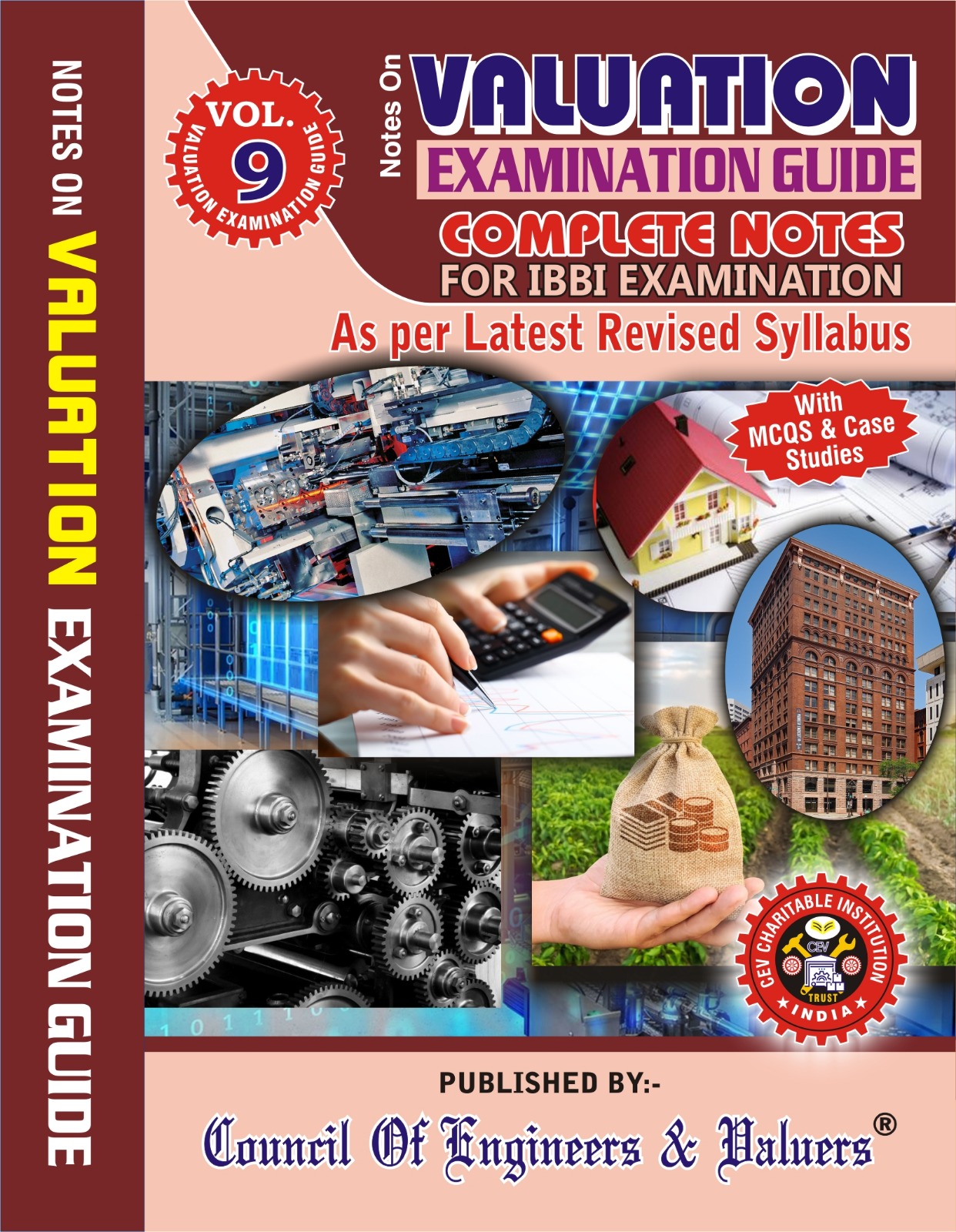Saturday Brain Storming Thought (262) 15/02/2025
LAND USE ZONING IN MAHARASHTRA
Land use Zoning is an important activity carried out by the land and development authorities of a State
Categorization of Land zones in Maharashtra
1) Urbanized zone – Land that developed for urban use
2) Industrial zone – Land that is used for industrial purposes
3) Forest zone – Land that’s used for forests
4) Recreational zone – Land that’s used for recreation
5) Green zone – Land that’s used to preserve nature
6) R1 zone – A residential zone that’s located within 12 meters of the main road
7) R2 zone – A residential zone that can also be used for commercial, institutional and medical development
Each zone has its own purpose
R zone land in Maharashtra
It is the land that’s been reserved by the government for residential use
The R zone is also known as Residential Zone
Purpose of R zone
1) R zones are created to meet the housing needs of the population
2) They also help preserve the environment
R zone types
1) R1
Plots in this zone are only for residential use and are located in open spaces closed to the nearest road
2) R2
Plots in this zone are residential areas that are at least 12 meters from the nearest road
Land use zones and implications for land development
1) Residential zone – Homes flourish
2) Commercial zone – Hubs of business activities
3) Industrial zone – Powerhouses of Manufacturing
4) Agricultural zone – Preserving Maharashtras Greenery
5) Special Economic Zones ( SEZs) – Fostering Economical growth
6) Forest and Green zones – Maharashtras Ecological wealth
7) Coastal Regulation zones (CRZ) – Balancing Development and Conservation
8) Heritage zones – Preserving Maharashtras Cultural Heritage
9) Smart Cities and Urban Development Zones – Shaping the Future
10) Redevelopment zones – Transforming Urban Spaces
11) Rural Development Zones – Empowering Villages
12) Challenges and Future Prospects – Adapting to Changing needs
Colours in Zoning
1) Grey – For heavy industries
2) Light Yellow – Primary / mixed residential use land
3) Dark Blue – For use in retail, such as restaurants, lodging facilities, shopping centres and movie theatres
4) Dark Yellow – Fixed – use residential properties
Essential facilities such as pharmacies and grocery stores might be permitted
33% of commercial activity is allowed in dark yellow areas
5) Green – For the preservation of agricultural land use and vegetation
Different tones of green symbolise cemeteries, gardens, lakes, valleys, ponds and forests
6) Light Blue – For commercial purposes, such as the central business district and offices
7) Red – Public and Semi-public use areas such as temples and educational institutes
8) Purple/Violet (light shade) – For the industrial purpose and establishment
9) Purple/Violet (dark shade) – For High-Tech Industries
Objectives of Land zoning
1) To ensure planning of proper utilization of land and soil potentials of particular areas in order to maximum economic returns
2) To maintain Bio-diversity in the area
3) To grow awareness amongst planners, users, policy makers and decision makers for rational utilization of land resources
Zoning Parameters
1) To sustain land quality
2) Appropriate cropping pattern
3) Environmentally balanced
4) Scientifically sustainable
5) Economically viable
6) Socially acceptable
Major Land Zones
1) Agricultural
2) Industrial
3) Residential
4) Commercial
Micro Land Zones
1) Agricultural zone
2) Fisheries zone
3) Forest zone
4) Urban zone
5) Commercial and Industrial zone
6) Char land and Ecologically critical area
7) Haor-baor area
8) Barind zone
9) Tourism and Historical Importance Areas
10) Others
COMPILED BY:-

Er. Avinash Kulkarni
9822011051
Chartered Engineer, Govt Regd Valuer, IBBI Regd Valuer



